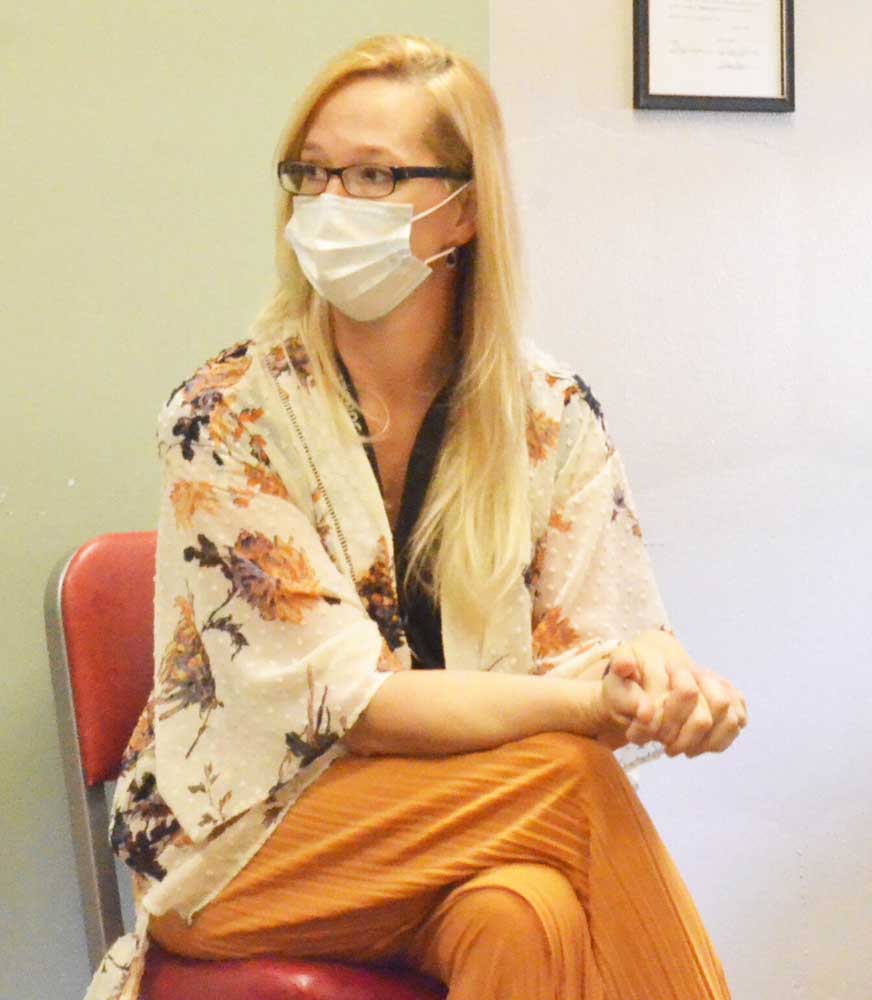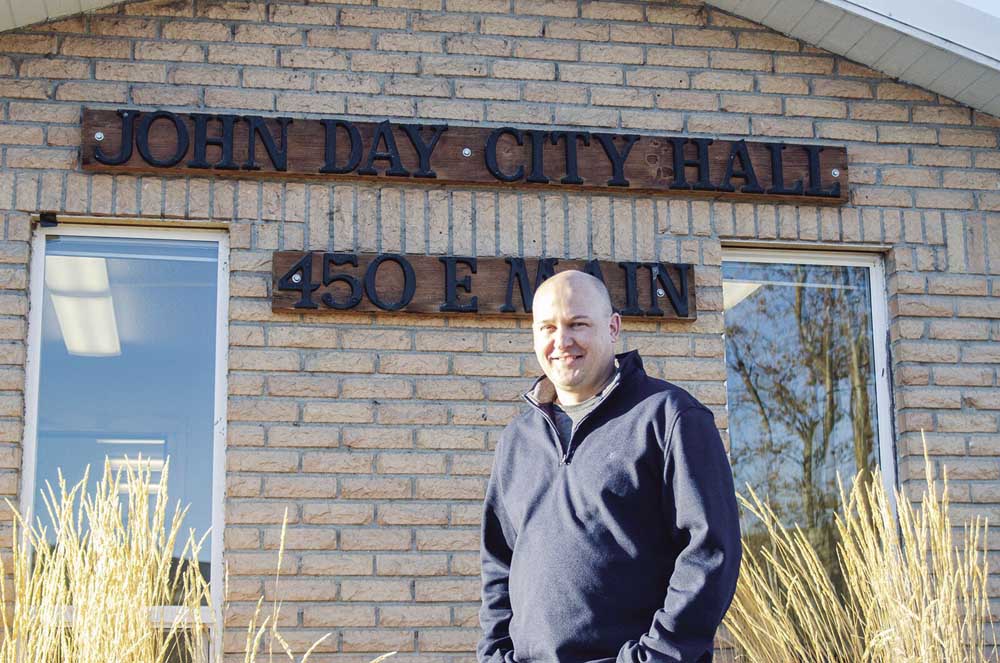Grant County has highest infections, lowest vaccinations in Oregon
Published 1:00 pm Tuesday, April 13, 2021

- Grant County Health Administrator Kimberly Lindsay during a November session of county court.
Last week, Grant County had the highest rate of COVID-19 infections per capita in Oregon, and the county also has the worst vaccination rate in the state. The county’s rate of COVID-19 infections was 625 per 100,000 people, according to data from the Centers for Disease Control and Prevention.
As of Sunday, Grant and Coos counties have the lowest vaccination rate in the state, 17.4%, according to the CDC, which calculates based on complete vaccinations.
On Sunday, Kimberly Lindsay, Grant County public health administrator, estimated that around 30% of the county’s residents are partially or fully vaccinated.
Lindsay said the county has stopped requesting additional vaccine doses from the Oregon Health Authority because of a lack of demand. She said the county put first shots into the arms of 73 residents last week, along with 273 second shots for the two-shot vaccines.
On Monday, Jessica Winegar, health department clinic manager, said the health department had 1,200 doses on the shelf that she would not be taking to that day’s vaccination event.
Lindsay estimated that roughly 200 or more people would get their Moderna COVID-19 booster shots this week with 30 more getting the first shot in the series. The CDC has paused distribution of the Johnson & Johnson vaccine.
Greg Armstrong, the owner of Len’s Drug, told the Eagle they have more doses at the pharmacy than people coming in to getting the shot.
“I am very concerned,” Lindsay said. “With 70% unvaccinated, that leaves just over 5,000 people available for COVID-19 to move through freely. That’s a lot of room to roam.”
With the uptick in cases, including 14 new cases announced Tuesday, Lindsay said the county will move into the extreme risk level, which further restricts businesses, next week if the case counts continue.
Seniors and younger people
The surge in cases and the county’s low vaccination rate, particularly among seniors, concern public health officials.
As of Sunday, the county vaccinated 34.8% of residents 65 and older, the lowest rate among Oregon’s 36 counties, according to CDC data. Meanwhile, in Harney County, 53.1% of people 65 and older received the vaccine. In Lake County, 48.7% rolled up their sleeves. In Umatilla, 57.7%; Morrow, 55.1%; Union, 53%; Baker, 99.9%; and Malheur, 58.5%.
Lindsay said, over three weeks, the health department has also seen more young people test positive for the virus.
Grant County’s uptick in positive cases among younger people reflects a national trend. The American Academy of Pediatrics shows a similar rise in the percentage of new infections in younger people.
While young people do not face the risk of death or hospitalization that elderly adults face, Lindsay said the young people showing up to the health department are presenting more severe symptoms.
Lindsay said, although she has not seen test results, the effects of the virus the health department are seeing are similar to the infectious variant of the coronavirus, referred to as B.1.1.7. State health officials believe it has been in Oregon since last year, and the CDC notes that B.1.1.7 variant is roughly 50% more contagious and 67% more deadly than the original form of the virus.
So far, OHA has not reported a variant of concern in Grant County’s region seven, which it shares with Deschutes, Harney, Jefferson, Klamath, Lake, Wheeler and Crook counties, but the state just began reporting on the variants.
There are 13 patients hospitalized in region 7, and only seven intensive care beds available in the region.
“We are seeing people getting sicker,” Lindsay said.
Vaccine hesitancy in rural counties
Lindsay said the reason for the surge boils down to the low number of vaccinations.
“This is attacking the non-vaccinated individuals with a vengeance,” she said. “And that’s why there’s a surge going on in Grant County, as well as in other states.”
Grant County is not unique in its overall hesitancy to get the vaccine, but health experts estimate the country must inoculate 70-80% of the population to reach herd immunity.
The reasons behind the lack of interest are varied, Armstrong said.
He said, with how spread out people are from each other in the sparsely populated county, some might believe they do not need to get it.
“I think there’s a spatial issue there,” Armstrong said. “But what people don’t realize is that we have many people traveling through town every day from out of town.”
Others, he said, are naturally hesitant about what they put in their body, especially when it comes to vaccines, he said.
Armstrong said people need to know that not getting the vaccine is far riskier than getting the vaccine.





